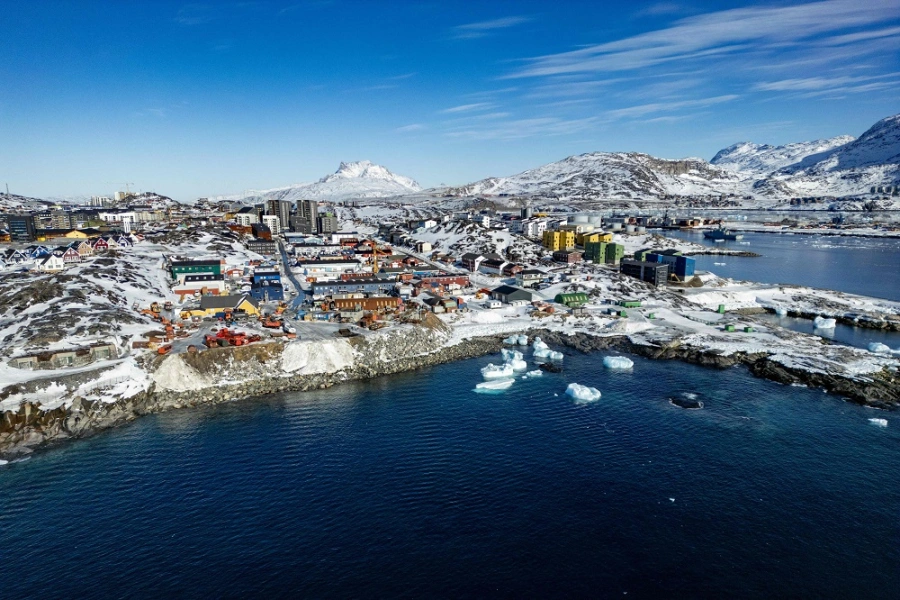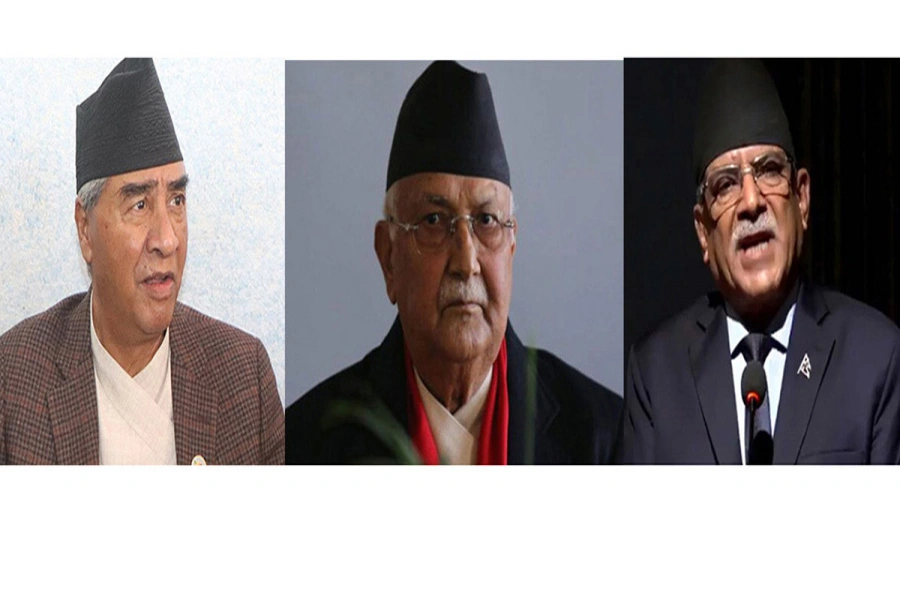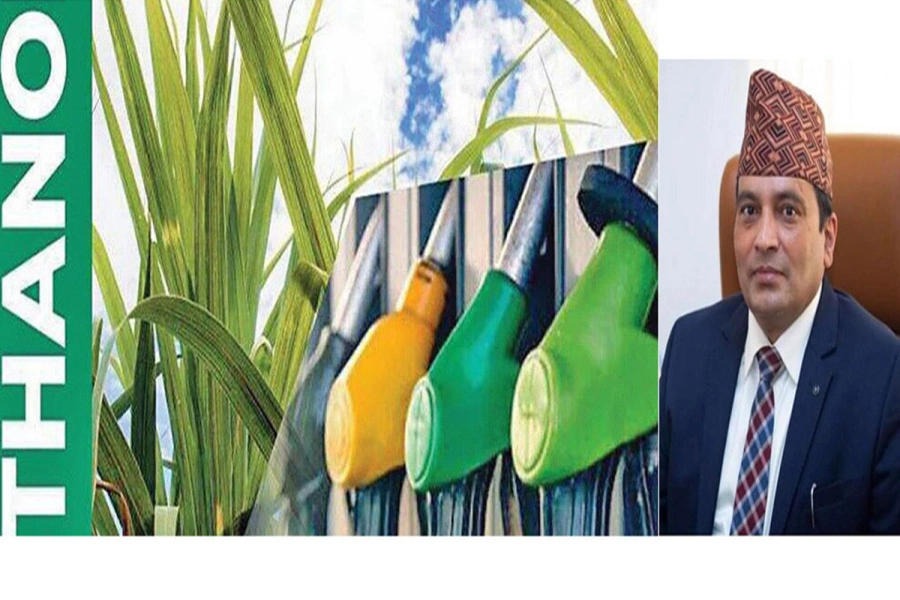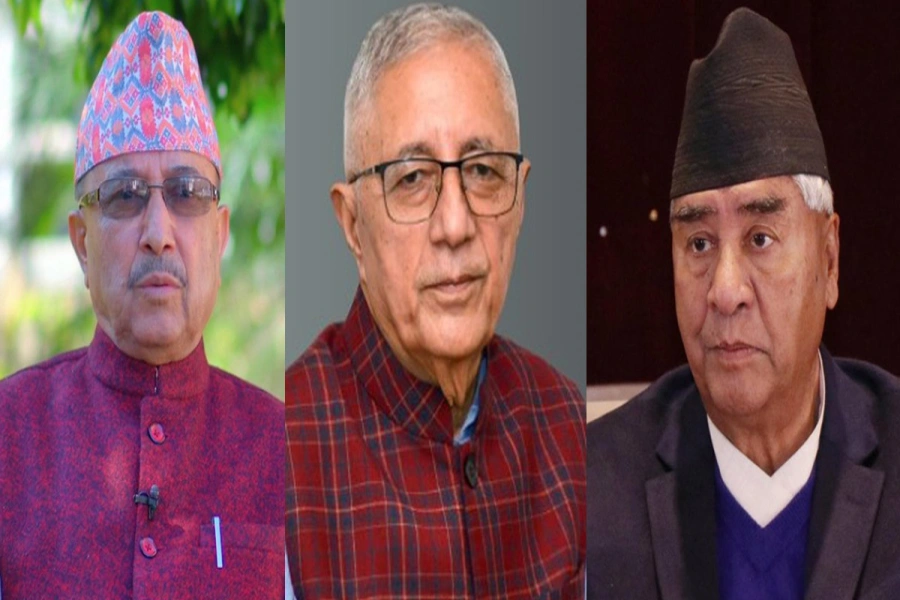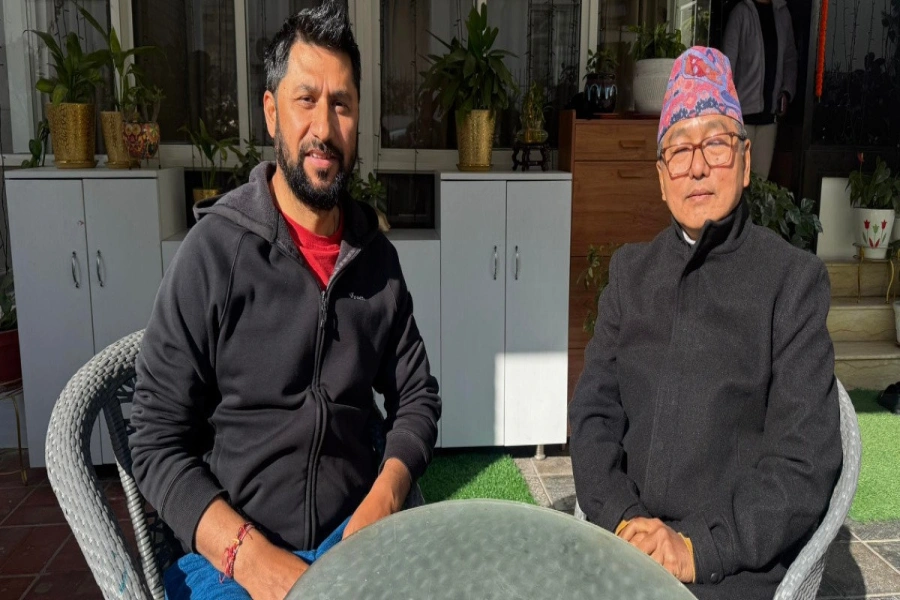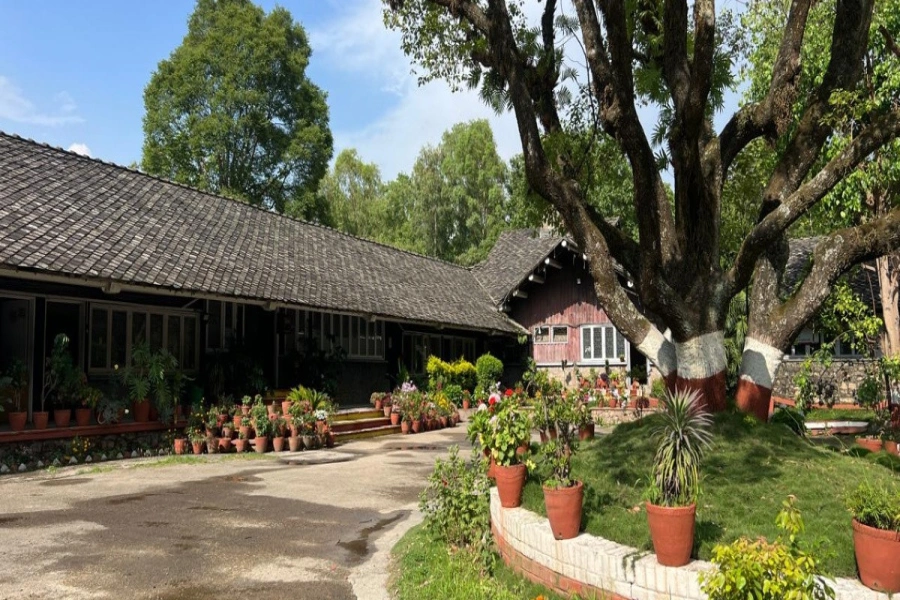The moot question is whether China and Nepal can provide a conduit for linking pipeline from Central Asia to South Asia. It needs trilateral dialogue among China, Nepal and India
The region of Central Asia extends from the Caspian Sea in the west to China in the east, from Afghanistan and Iran in the south to Russian Federation in the north. The region consists of the five former Soviet republics of Kazakhstan, Kyrgyzstan, Tajikistan, Turkmenistan and Uzbekistan and covers an area of approximately four million square kilometers. It is rich in mineral resources like copper, bauxite, coal, natural gas and petroleum. Trade of these products largely contributes to the composition of GDP of these countries. Afghanistan is the country that directly connects the Central Asian countries with South Asia.
Kazakhstan, Uzbekistan and Turkmenistan bear the reserve of natural gas and fossil fuels. They together house 1.9 percent of the recoverable reserve of crude oil and 10.6 percent of recoverable natural gas reserve of the world. Of these, Kazakhstan houses 1.8 percent of the crude oil while Turkmenistan has 9.3 percent of the global recoverable natural gas.
Strategic competition
Central Asia is not only located in the oil heartland but also serves as strategic place connecting Eurasia. There is competition among powerful nations to get engaged with these countries in order to get hold of oil and gas for securing prominence in the energy market. Russia is constantly promoting the ‘Eurasian Union’ program and planning to invest in two billion dollars gas pipeline system around the Caspian Sea. The US has proposed New Silk Road with the objectives of participating in central Asian gas and oil development program and laying down new pipelines that bypass Russia in exporting oil and gas to other European countries and USA. European Union has signed Strategic Partnership agreement with Eurasian countries and provided technical and financial support to modernize the Central Asian energy and transport infrastructures.
Construction of transmission line connecting China in limbo

China, on the other side, has invested in construction of China-Kazakhstan oil pipeline and cooperated with Turkmenistan, Uzbekistan and Kazakhstan in constructing the Central Asian natural gas pipelines. This was intended with a view to diversify the energy supply channels into China.
South Asian dilemma
In the above context, connecting resources of the Central Asia countries to South Asia is a challenging task. Two things are prominent: First, the competing strategic interest of the powerful nations to get hold of the energy of the region and second, the absence of proper connectivity with a large market of South Asia.
Institutional engagement with Central Asian countries is carried within two regional frameworks: Central Asia Regional Economic Cooperation (CAREC) with 11 member countries and Shanghai Cooperation Organization (SCO) with eight member countries. They provide a platform to deal with various issues related with socio-economic and security cooperation.
The much touted pipeline project, called TAPI, over 1,814 km stretch from Turkmenistan to India via Afghanistan and Pakistan has now become the victim of geo-political rivalry. The development of the project was started at the Turkmenistan side since 2015 but is making no substantial progress. Problems of Taliban in Afghanistan and recent failed negotiations with this group have direct adverse impact on implementation of project in Afghan territory on account of their capricious approach toward the cross-border pipeline project. On the other side of spectrum, the growing hostility between India and Pakistan on account of Kashmir issue has further pushed the project toward uncertainty and oblivion.
TAPI offers an opportunity to diversify the Turkmenistan’s export market of its natural gas. Meanwhile, this also provides an alternative source of supply of natural gas and oil to South Asian countries, particularly to India and Pakistan.
Alternative Corridor
The moot question is whether China and Nepal could provide a conduit for linking pipeline from Central Asia to South Asia. There are possibilities to open up a new route for pipelines. But, it needs trilateral dialogue and confidence building for enhanced cooperation among three countries—China, Nepal and India.
A Central Asia-China Gas Pipeline was constructed and became operational in December 2009. This pipeline, with a total length of 1,883 km, starts from border of Turkmenistan, running through central Uzbekistan and southern Kazakhstan and ends in Xinjiang (China) where it is connected to the east-west gas pipelines. This pipeline is connected with Lanzhou which is one of the three land ports, designated in the Protocol to the transit transport agreement signed between Nepal and China in April this year.
The distance from Lanzhou to India via Lhasa and Nepal is approximately 3300 kms. This is around 84 percent additional distance of TAPI. There is another multi-modal transport corridor linking Lanzhou with Islamabad which cannot be used by the larger South Asian community due to geo-political rivalry and tensions.
Shanghai Cooperation Organization (SCO) could be the right organization to deliberate the issues of linkages between two regions of Asia. CAREC has limitation as it has representation of Afghanistan and Pakistan only from South Asia. So, there are limited opportunities to this organization. While on the other side, SCO which includes two major players of South Asia, can play a meaningful role in advancing the discourse and discussions on issues of energy connectivity.
Enhancing cooperation for development of transport infrastructure is crucial for making the SCO as successful endeavor to connect regions of Asia. There are potentials of mobilizing resources under BRI, AIIB and New Development Bank for this purpose. Bonds of cooperation should extend to multiple areas such as energy, transportation, trade and investment. It will be an opportune moment for Nepal to join the group and initiate dialogue with India and China under a trilateral basis for exploring a new pipeline corridor through China and Nepal. Such a dialogue could be better organized under the overall framework of Shanghai Cooperation Organization where major central Asian countries are also the members. There are possibilities for Nepal to provide transit services and stand as land-bridge between the two giant neighbors. However, this requires taking a prudent and dexterous approach in our diplomatic dealing with the foreign powers.
The author is a former secretary, Government of Nepal. Views are personal



